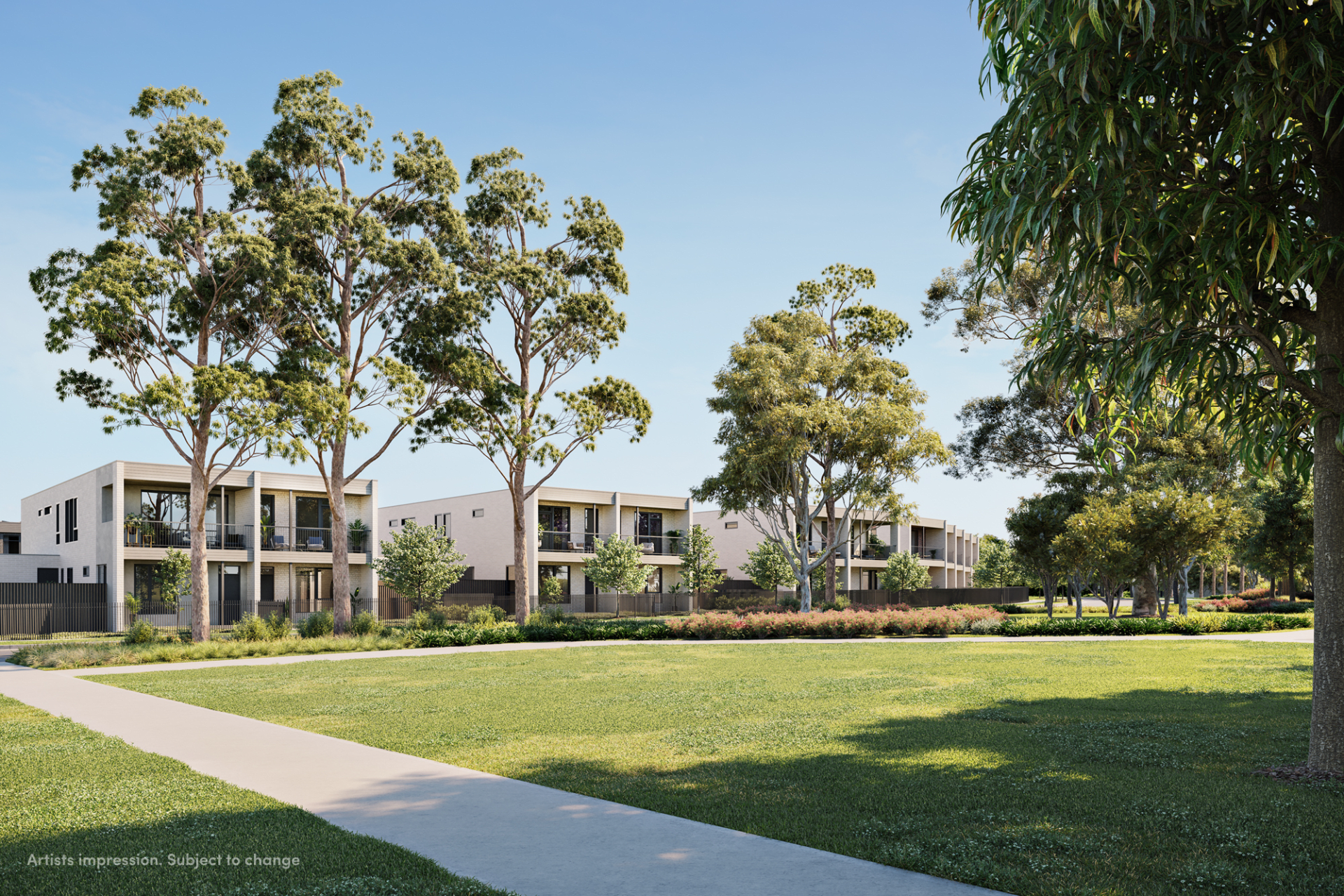How to: Estimate the amount of rent to charge
When it comes to figuring out just how much rent you can achieve for a property, it’s as complicated or as simple as you make it. In a fast moving market, it’s important to analyse just how much demand and how much tenants are willing to pay.
Here are the most common ways of figuring out what your prospective tenants should be paying.
1) Quick rules of thumb
While it’s not a good idea to rely on blanket rules when working with finances, when working out your expectations for rent it’s good to get a ballpark indication.
Usually, investors will cite an average achievable rent of around $100 for every $100,000 of worth on a property.
For instance, on a $500,000 property, you’d be right to expect $500 per week in rent as a starting point for further analysis.
However, the graph is not consistent. Properties on the lower end of the price spectrum will see investors expecting to receive rent above this rate, while premium-priced properties will see weekly rent fall below this.
2) Head to the statistics
The next easy step is to jump online and find out what the averages and medians are for the area and asset type where you’re considering buying, or where you already own property. While this assumes your property is at the direct centre of the market, you can quickly get an idea as to whether rents are generally charged around expectation.
You can see your suburb’s free data here, including population statistics and trends, median prices, median asking rents and more.
You will also want to check the vacancy rates, and where they’re trending, to see if there’s likely to be an upcoming pressure on rents that may push it higher than at present.
Don’t get too tied up in statistics that are not local enough. While it is important to be aware of the larger market forces that may later impact you, such as lowered confidence in the area, it is absolutely critical to be aware of what is happening in your LGA or suburb that might impact on your rent.
YOU MIGHT ALSO BE INTERESTED IN:
How to calculate rental yield
3) Get input from local experts
Great, knowledgeable property managers are worth their weight in gold and are handy sources of free information about the market. Speak to some good local property managers (remember they’re not all made equal – here’s a guide on how to find a great one) and ask for a rental appraisal of the home.
Don’t forget to get it in writing, as well as to ask for the reasoning behind it and the current state of the rental market. You can also ask them about changes and additions you can make to the property that may make it more desirable for a tenant and may, in turn, allow you to charge more.
These experts leverage off of their experience in the market and their current rent roles to provide you up to date information that may not yet be reflected in the statistics.
If you know any other local investors, ask them for their experiences in getting tenants and some of the successes and difficulties. Leverage off of your network's knowledge.
4) Have a look at some comparisons
Head online to listings websites and also go to some open inspections and see what is being tenanted quickly and for how much. Focus on properties that are comparable and nearby to your own as this will quickly let you see how your home will perform in a similar situation.
Create yourself a list of features to take around the properties with you that you can mark as being ‘more’ or ‘less’ desirable than your own. This will enable you to do a final analysis as to whether your property is superior or not, and it will ensure you aren’t assuming it’s superior based on your own bias.
Use your experience of what the property managers and other investors have been saying about what is desirable to create this list. A second bathroom, or a pool, in some suburbs may command huge amounts of extra attention, however in others they may not be as desirable.
Use these to either confirm or disprove the information you have already collected. Remember that some statistics may be driven up by share-house appropriate rentals, or properties that include granny flats wrapped into one price.
5) Test the market
Finally, putting your property on the market at the amount you have found is likely to be the best bet. If it doesn’t rent, you may need to adjust your expectations accordingly. You may even be keen to keep your rent slightly lower than your competition to ensure it gets rented quickly – and stays that way!
Some landlords will be happy to charge slightly less to obtain a better quality tenant. If you want to keep your tenant then you want to ensure that you’re charging an amount your tenant can afford – particularly if you are looking at this analysis to justify a rental increase.
Remember, though, that regardless of how much rent you would like to charge, it’s the market and the tenants that dictate how much you will be able to achieve.
If you are hoping to keep good tenants, then you’ll want to read this guide.



